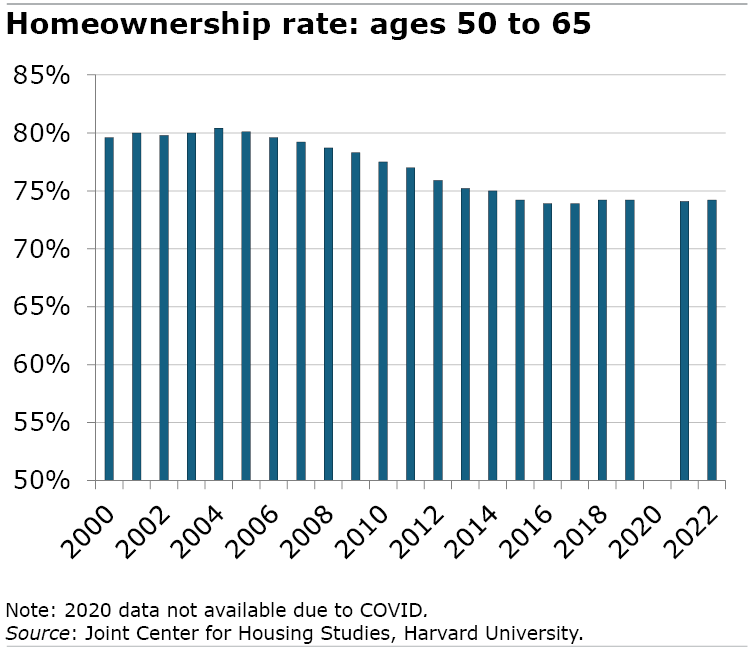As the nation was emerging from the pandemic, rents exploded. Two years later, the pressure on rents is starting to ease in response to an increase in multifamily construction, including apartment buildings.
But the COVID-era surge continues to haunt renters, who are paying about 20 percent more than they did in 2019, though healthy wage increases in recent years offset some of that.
The nation is in the grips of “an unprecedented affordability crisis,” Harvard’s Joint Center for Housing Studies concludes in its new report. The center estimates that about half of U.S. renters – some 22 million households – spent at least 30 percent of their income on rental housing in 2022. That’s the highest share in over a decade. About 12 million of them spent more than half their income on housing.
A related trend detected by Harvard’s housing center last year is concerning for future retirees: declining homeownership among older workers that will expose growing numbers of them to rising rents when they retire.

Any homeowner will tell you a big advantage they have over renters is that the payments on a fixed-rate mortgage don’t increase. Rents do and, as we’ve seen recently, sometimes by a lot. Rising rents are particularly a strain on retirees since they have less income than when they were working.
Another bonus of homeownership is that it’s a form of forced retirement saving. Every mortgage payment adds a little bit to home equity, which is money retirees can use to supplement their income. They have so far been reluctant to tap that money. But it is, nevertheless, a source of wealth that’s available to them.
To the extent that homeownership is a form of retirement wealth, things seem to be heading in the wrong direction.
Two decades ago, homeownership among 50- to 65-year-olds – mostly boomers – hit an all-time high of 80 percent, the housing center reports. And then the Great Recession happened, and homeownership started dropping. Today, 74 percent of older workers own their homes.
That downward trend “likely foreshadows lower homeownership rates for older adults in the future,” the center predicted.
If that prediction is right, the absence of this major source of wealth can only mean the need for affordable rental housing for retirees that the center has warned about for years will continue to grow.
Squared Away writer Kim Blanton invites you to follow us @SquaredAwayBC on X, formerly known as Twitter. To stay current on our blog, join our free email list. You’ll receive just one email each week – with links to the two new posts for that week – when you sign up here. This blog is supported by the Center for Retirement Research at Boston College.












 Bengali (Bangladesh) ·
Bengali (Bangladesh) ·  English (United States) ·
English (United States) ·